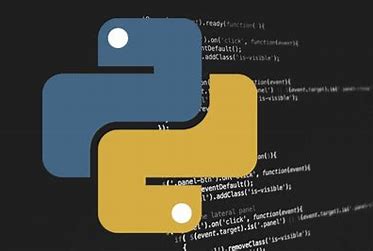Table of Contents
Introduction:
Python Programming is one of the most popular programming languages in the world, used in a wide range of applications, from web development to machine learning and artificial intelligence (AI) to data science. Python is a high-level language that is easy to learn and can be used to develop complex applications. However, just like any other programming language, Python has its own set of advantages and disadvantages. In this blog, we will take a closer look at the pros and cons of Python programming, helping you to understand the impact that Python can have on your projects and career.
Python Programming is a widely used and highly regarded programming language in the technology industry. Its popularity can be attributed to its versatility and power, making it an excellent choice for a range of applications. From web development to data analysis, machine learning, and artificial intelligence, Python has proven to be a valuable tool for many developers.
One of the biggest advantages of Python is its ease of use. The language has a simple and intuitive syntax, making it ideal for those who are new to programming or who want to quickly develop a project. This simplicity also means that developers can be productive more quickly, reducing the time it takes to bring a project to market. Additionally, Python has a thriving and supportive community, which means that new developers can get help and support when they need it.

Advantages of Python Programming:
- Easy to Learn: Python Programming has a simple, intuitive syntax that is easy to learn, making it a popular choice for beginners.
- Versatile: Python Programming can be used for a wide range of applications, from web development and data analysis to machine learning and AI.
- Strong Community: Python Programming has a large and active community of developers who contribute to the development of the language, as well as creating new libraries and tools that can be used with Python.
- Large Ecosystem of Libraries and Tools: Python has a vast ecosystem of libraries and tools that can be used to build complex applications, making it a highly productive language.
- Improved Productivity: Python’s syntax is designed to be easy to read and write, making it easier to develop applications and write code that is easy to understand.
- Cross-Platform: Python can be used on a variety of operating systems, including Windows, MacOS, and Linux, making it a cross-platform language.
- Improved Readability: Python code is designed to be easy to read and understand, making it easier for new developers to join a project and for existing developers to maintain the code.
Disadvantages of Python Programming:
- Performance: Python is not as fast as other programming languages, such as C or C++, and may not be suitable for applications that require high performance.
- Dynamic Typing: Python uses dynamic typing, which can make it more difficult to catch errors at compile time, leading to runtime errors.
- Lack of Mobile Support: Python is not well-suited for developing mobile applications, as it is not as well-supported as other programming languages.
- Limited Database Access: Python’s database access layer is not as strong as other programming languages, making it less suitable for database-intensive applications.
- Less Popular for Enterprise Development: Although Python is popular for scientific and academic use, it is less popular for enterprise development compared to other programming languages, such as Java or C#.
Another strength of Python is its extensive ecosystem of libraries and tools. The Python Package Index (PyPI) contains over 250,000 libraries, making it easy to find the tools you need to get the job done. This means that developers can focus on writing their own code, without having to worry about the underlying functionality. Furthermore, the large community of developers means that new libraries and tools are being developed all the time, so you can be sure that you are using the most up-to-date and advanced technologies.
Despite its many advantages, Python does have some limitations. One of the biggest challenges is its speed. Python is slower than other programming languages, such as C++ and Java, which means that it may not be the best choice for performance-critical applications. Additionally, Python’s mobile support is limited, which means that it may not be the best choice for developing mobile apps. Finally, Python is less popular for enterprise development compared to other programming languages, such as Java or C#.
In conclusion:
whether Python is the right choice for your project will depend on your specific needs and requirements. If you are looking for a language that is easy to learn, has a strong community, and a large ecosystem of libraries and tools, then Python is definitely worth considering. However, if you are developing a performance-critical application or a mobile app, then you may want to consider other programming languages. Ultimately, the choice of programming language will depend on your individual needs and requirements, so it is important to weigh up the pros and cons before making a decision.
how to configure google search console with word press
